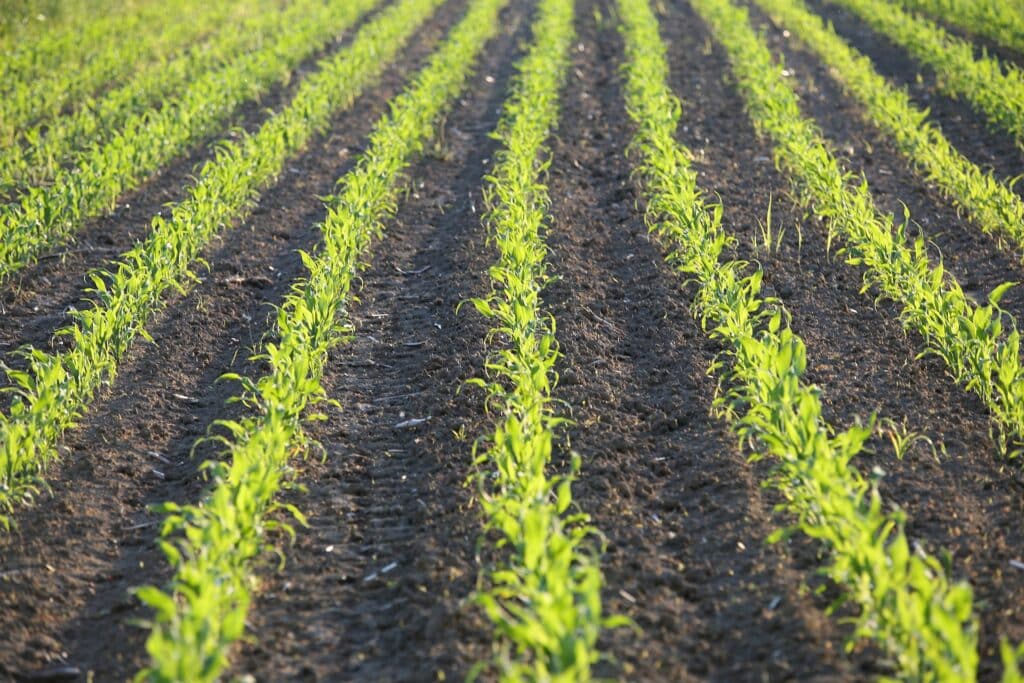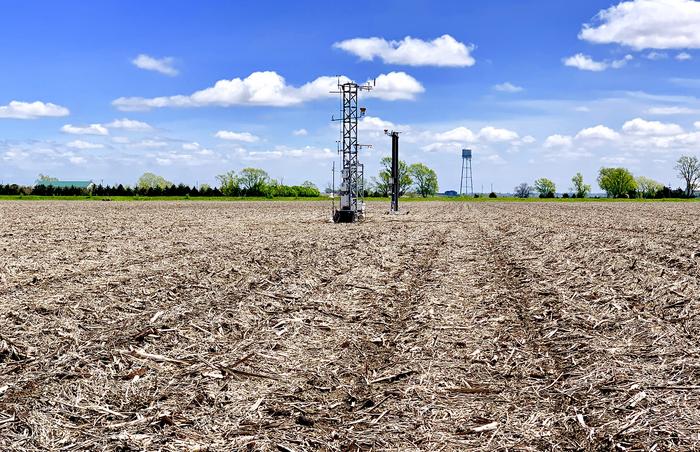For much of the U.S. Corn Belt, this spring was cool and wet. Farmers and seed companies were anxious about seed corn planted in tough conditions. If you were concerned about how your seed would perform, I don’t blame you. While a standard germination test indicates how seed will perform in ideal conditions, there is often little transparency about how that same seed will handle stress.
This is when vigor really matters.
Vigor is the measurement of how seed will perform in tough conditions and is impacted by many seed production practices. For the sake of brevity, the major impacts on seed vigor can be divided into two buckets: access to information and equipment, people and processes.
Access to Information
Access to production information that impacts seed vigor is vital. Proper harvest moisture, drying temperatures and shelling moisture are key. If this information isn’t readily shared, or available upon request, there’s a chance the producer may cut corners during the harvest, drying and shelling process. Properly handling seed at the right moisture during all post-harvest stages is important. Not doing so can have a long tail in terms of poor stands and shorter shelf life, even if the initial germination scores are within tolerances.
Equipment, People and Processes
Poor seed handling equipment, including standard grain legs, far drops and outdated cleaning and sizing equipment increase the likelihood of elevated levels of mechanical damage, which reduce vigor. Furthermore, every kernel should be color sorted to eliminate seed with visible defects and ran across a gravity table to remove seed with internal defects, such as low density. Proper seed treatment application is also crucial. Today’s advanced batch treaters allow incredible treatment rate accuracy on a per seed basis. A good practice is to periodically send seed to a reputable lab for a seed treatment loading test to ensure treatment coverage is accurate on every kernel. This is especially important with higher rate chemicals.
Finally, the equipment operators need to be quality experts and receive constant training on the newest techniques and processes to maximize vigor. Having a standardized approach to continuous improvement, such as ISO:9001, or the equivalent is crucial. This ensures seed quality is evaluated at multiple stages during the production process and the equipment is adjusted to ensure a high-quality product.
In short, knowing exactly how your seed is handled should be a high priority. Seed vigor can be the difference between your company and the competition in a challenging spring, so don’t leave it to chance!








